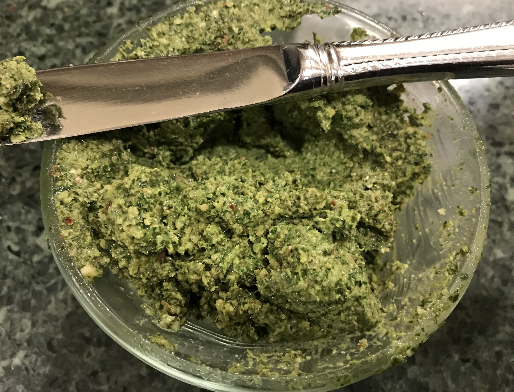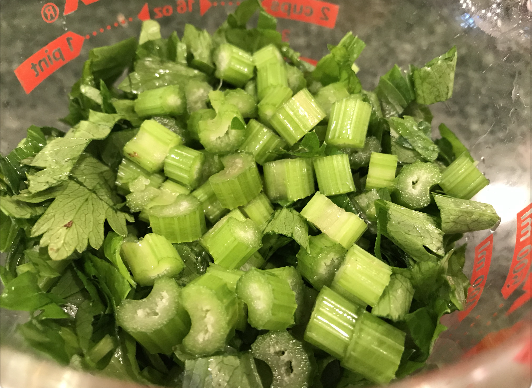We've entered the time of year that my family calls the "three shirt days." These are the days when it feels so cold to us that we often wear 3 shirts or 3 layers during the day at home. For some reason a 55 degree F day in fall is so much harder to take than a 55 degree F day in spring.
Sitting around the dinner table, we have these discussions on which is the best way to layer, long underwear against the skin, or tank top first then long underwear, or a couple of flannels over a long-sleeved tee, or fleece over any two layers. Today I chose long underwear under a thin sweater hoodie, topped with a fleece zip up jacket.
According to REI, the outdoor adventure store and their gurus, there is a right way to layer. The first layer should be long undies in a fabric that will wick away moisture. Makes sense, cause when you feel sweaty in cold weather, you just feel chilly overall. The second layer should be insulating, like polyester fleece or something like down or synthetic puffy jackets or vests. The third layer should be a waterproof and windproof shell, like a windbreaker or jacket. Obviously, these are outdoor recommendations for dressing. But perhaps some of the same principles could be put in use for indoor dressing. While indoors I don't need anything water or wind proof. However, the wicking long underwear top does make a good base layer for the reasons they stated, to draw moisture off the skin. I do like the insulating effect of polyester fleece. Fleece has some breathability, too, which is welcome. So, I'm good for two layers according to REI.
I also consulted some emergency/survival websites on how to dress for indoor warmth in the event of a power outage. While a power outage is an extreme case, some of their tips could prove helpful for me, an always cold person. While our furnace is indeed working, we keep the house on the cool side compared to what I grew up with. Survival Frog recommends wearing layers that would include thermal and/or woolen garments. Wool is the traditional cold weather fabric. It was around long before polyester fleece or waffle-weave thermals ever existed. I think wool has fallen out of favor a bit for a couple of reasons. It can be itchy, it's more fussy to launder, it attracts moths when in storage, if it gets soaked in the rain, it takes a while to thoroughly dry, and it can smell when wet. Meanwhile, poly fleece goes into the washing machine and dryer, doesn't have a weird smell, doesn't shrink, and isn't itchy.
The Frog also suggests wearing usual outdoor accessories indoors when suffering a power outage, such as scarves, hats, mittens, thick socks, and always shoes. I always wear shoes indoors because my feet prefer it. And I occasionally wear a knit headband indoors. It's really, true, though, wearing a hat or knit headband must hold in some heat, as I actually get sweaty when wearing something on my head indoors for very long. Despite my anecdotal evidence for wearing a hat to hold in heat, it's not true that you lose 40% to 45% of your body's heat through your head. According to WedMD, you lose the amount of heat through your head at the same rate as any other exposed part of your body. Your head makes up about 10% of the surface area of your being. So if your head is uncovered, you would lose approximately 10% of your heat through your head. But still, if you're chilly, blocking 10% of your body's heat from escaping will be 10% saved heat. And that's something.
Here's an idea I may try this winter, making some pocket hand warmers from my 100% cotton flannel fabric scraps, rice, and some cotton thread. To warm them, pop them into the microwave for 20-30 seconds or more, then tuck them into hoodie pockets. Instructions and tips can be found at All Free Sewing.
I find I drink a lot of tea, hot cider, hot decaf, broth, and simply hot water this time of year. Warming up my insides goes a long way toward keeping me more comfortable as the weather turns chillier.
When we're sitting, we use blankets and throws to hold in heat. And I've been known to bring a fleece throw to the kitchen table in the early mornings. We call these "fleece napkins" in our house.
Did you know there's a "right" way to make your bed for chilly nights? According to Life Hacker, you'll stay warmer if you put a thin wicking layer (such as a flannel sheet) closest to your skin, then an insulating layer (such as a puffy comforter or knit/crochet blanket), followed by a topping of a densely woven blanket (such as wool or dense polyester). This follows REI's advice to start with a wicking layer, then an insulating layer, and finally the layer that blocks heat loss. In the bedding's case, putting the dense blanket on top prevents convective heat loss.
You know, in our house there is such a thing as a four shirt day, too. Those are the days when I wash my hair. Wet hair makes for a chilly day. And long hair takes a long time to dry. I try to choose to wash my hair on a day when I'm planning on being some place warm for part of the day, such as an appointment in a well-heated office or church. I pull my hair back neatly while still wet. By the time I get home, my hair is about half dry and I can bear the chilly indoor air for rest of the time needed.
I can feel it already. It's going to be a long time before the two shirt days return.
That's how we stay warm on these three shirt days. When the weather turns chilly, how do you stay warm? Are you an always cold person, too? Or do you run on the warm side?
https://www.rei.com/learn/expert-advice/layering-basics.html
https://www.survivalfrog.com/blogs/survival/11-ways-to-stay-warm-during-a-winter-power-outage
https://www.webmd.com/a-to-z-guides/features/do-we-really-lose-most-of-our-heat-through-our-heads
https://www.allfreesewing.com/Winter-Projects/DIY-Hand-Warmers
https://lifehacker.com/how-to-feel-warmer-if-youre-always-cold-1848310457









































